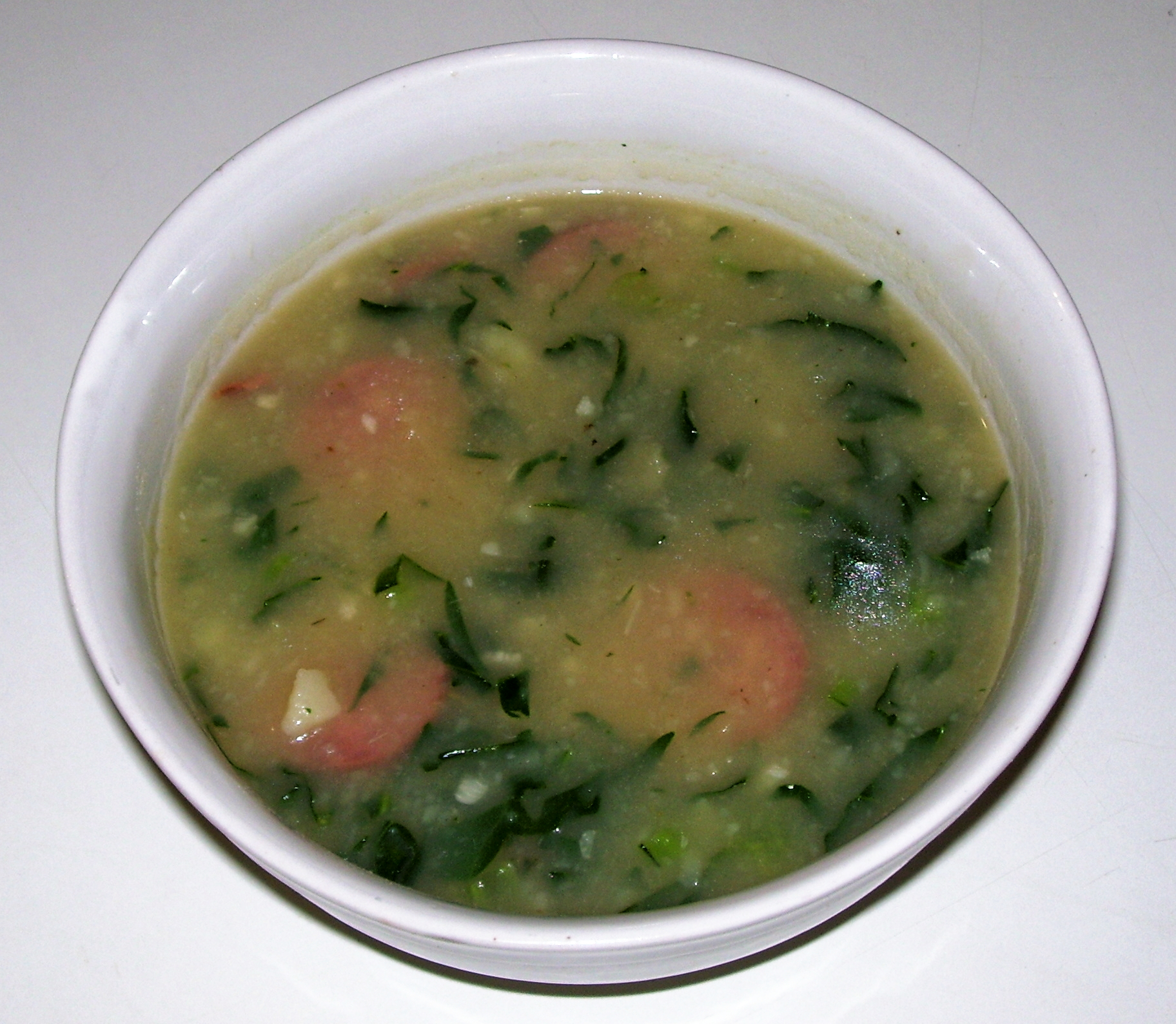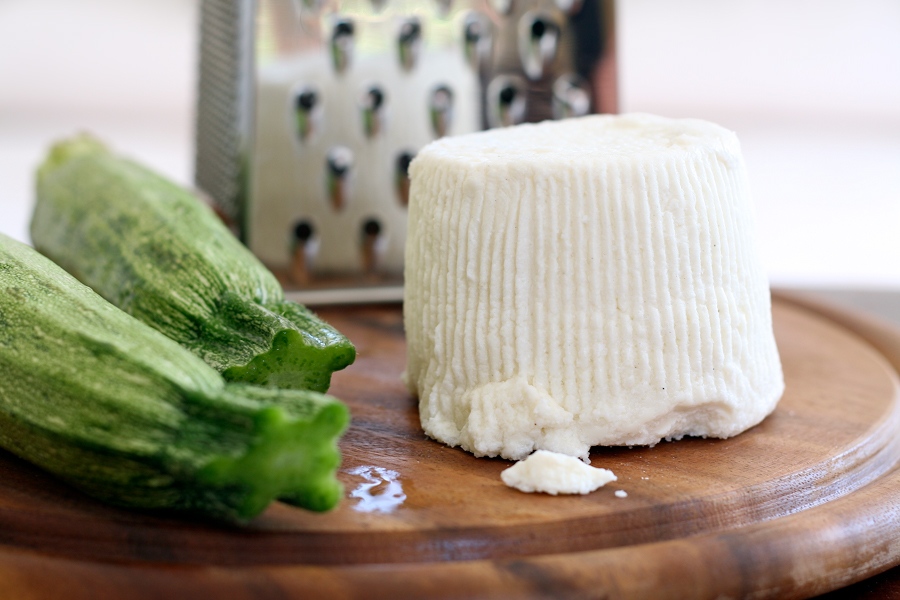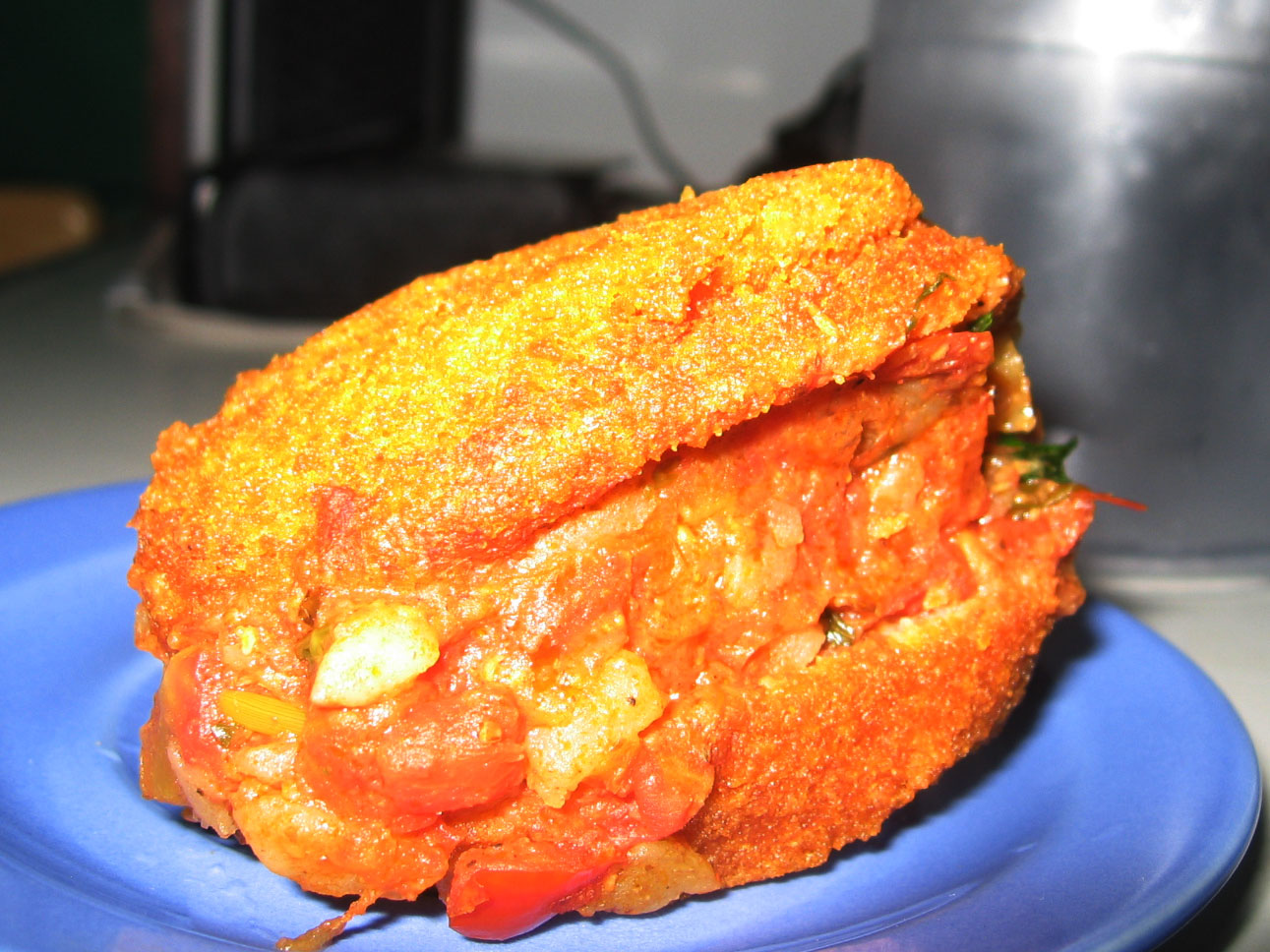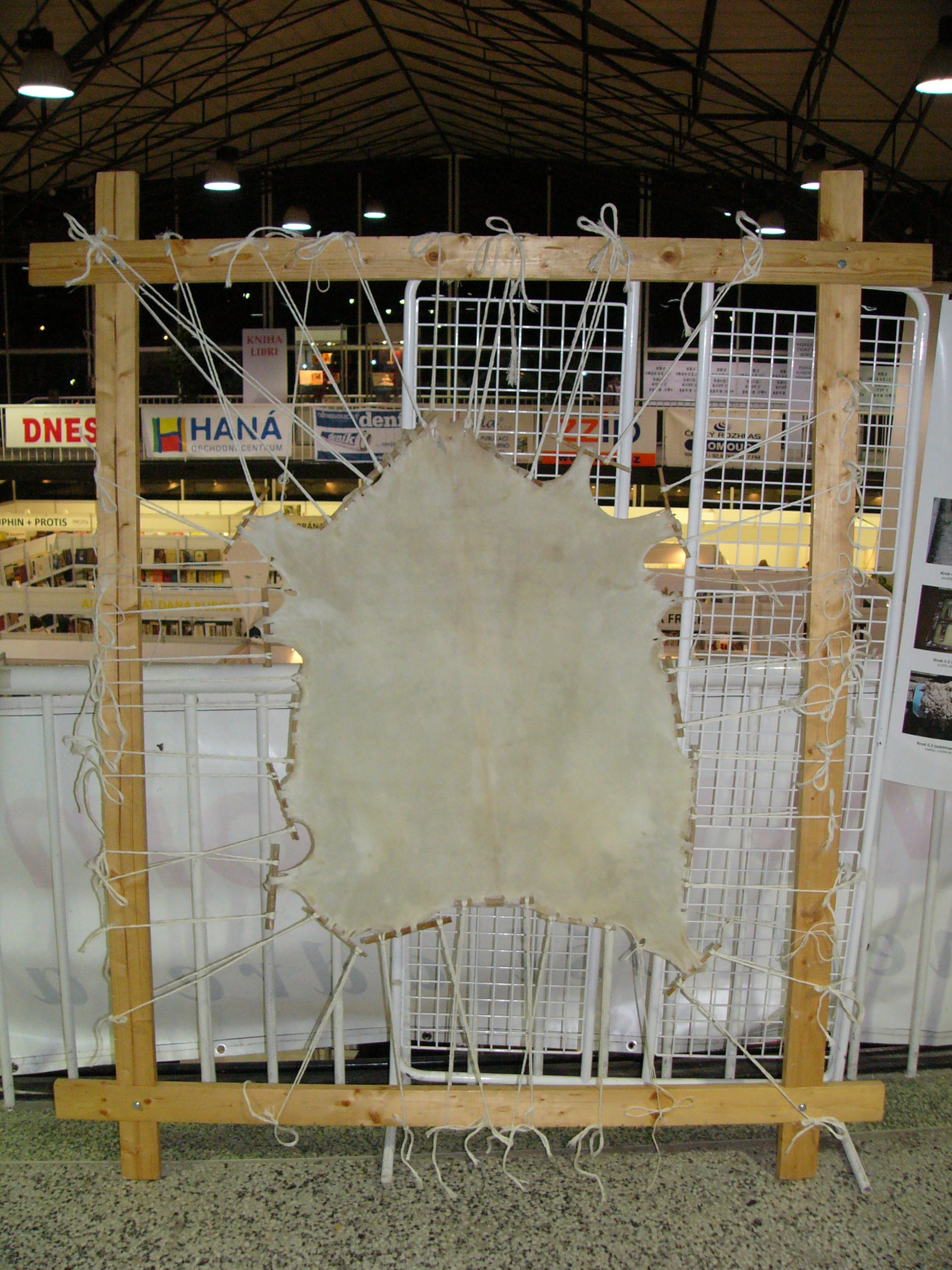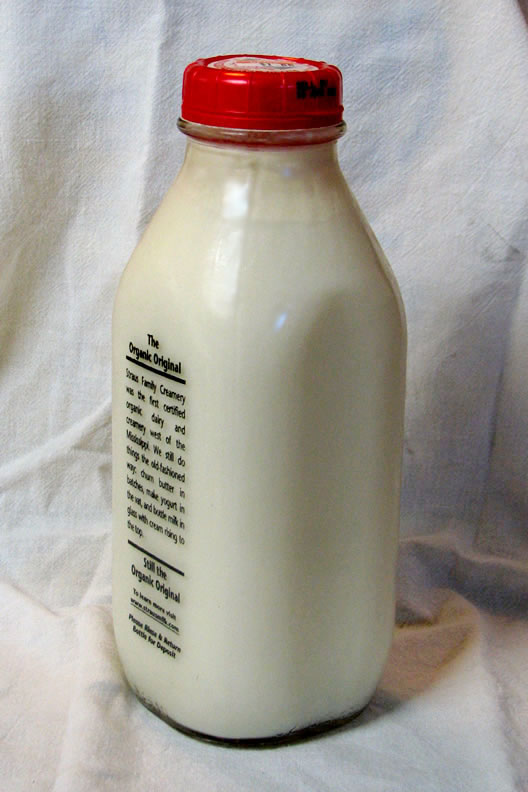|
Requeijão
Requeijão is a milk-derived product, produced in Portugal and Brazil. It is a loose, ricotta-like cheese used to make cheese spreads. It can be a good substitute to mild, unsalty ricotta. This variety is sometimes sold in the markets wrapped in fresh corn husks. In El Salvador, cheeses such as requesón can sometimes be transported wrapped in banana leaves instead. Portugal The Portuguese product is white to yellowish-white, solid, and usually having a characteristic strong taste; typically sold in specially designed draining plastic or basket-like weaved containers, or in plastic cups. Requeijão da Serra da Estrela The ''requeijão'' made in the Serra da Estrela region of Portugal, ''Requeijão da Serra da Estrela'' is a Protected Designation of Origin (PDO/DOP) since 2005 in the EU and the UK. [...More Info...] [...Related Items...] OR: [Wikipedia] [Google] [Baidu] |
Catupiry
Catupiry () is one of the most popular brands of (creamy dairy spread) in Brazil. It was developed by Italian immigrant Mario Silvestrini in the state of Minas Gerais in 1911. The name derives from the Tupi word meaning "excellent". Catupiry is a soft, mild-tasting "cheese" that can be spread over toasts, crackers and bread buns or used in cooking. Because of its low level of acidity, catupiry has become an ingredient in various dishes. Catupiry, as well as imitation cheeses, is a very common ingredient in Brazilian dishes, specially as a filling for pizzas, , or . Currently, Catupiry has four factories, two in São Paulo in the municipalities of Bebedouro and Santa Fé do Sul and the others in Doverlândia, in Goiás, and Santa Vitória, in Minas Gerais. The company is currently managed by six families, all heirs of the Silvestrini family. The company has a turnover of around R$ 600 million per year and is present in five countries, including the United States, Canada an ... [...More Info...] [...Related Items...] OR: [Wikipedia] [Google] [Baidu] |
Portuguese Cuisine
Portuguese cuisine () consists of the traditions and practices of cooking in Portugal. The oldest known book on Portuguese cuisine, entitled ''Livro de Cozinha da Infanta D. Maria de Portugal'', from the 16th century, describes many popular dishes of meat, fish, poultry and others. ''Culinária Portuguesa'', by António-Maria De Oliveira Bello, better known as Olleboma, was published in 1936. Despite being relatively restricted to an Atlantic Ocean, Atlantic, Celtic sustenance, the Portuguese cuisine also has strong French cuisine, French and Mediterranean cuisine, Mediterranean influences. The influence of Portugal's spice trade in the Portuguese East Indies, East Indies, Africa, and the Americas is also notable, especially in the wide variety of spices used. These spices include ''piri piri'' (small, fiery chili peppers), white pepper, black pepper, saffron, paprika, clove, allspice, cumin, cinnamon and nutmeg, used in meat, fish or multiple savoury dishes from Continental Po ... [...More Info...] [...Related Items...] OR: [Wikipedia] [Google] [Baidu] |
List Of Cheeses
This is a list of cheeses by place of origin. Cheese is a milk-based food that is produced in wide-ranging flavors, textures, and forms. Hundreds of types of cheese from various countries are produced. Their styles, textures and flavors depend on the origin of the milk (including the animal's diet), whether they have been pasteurized, the butterfat content, the bacteria and mold, the processing, and aging. Herbs, spices, or wood smoke may be used as flavoring agents. The yellow to red color of many cheeses, such as Red Leicester, is normally formed from adding annatto. While most current varieties of cheese may be traced to a particular locale, or culture, within a single country, some have a more diffuse origin, and cannot be considered to have originated in a particular place, but are associated with a whole region, such as queso blanco in Latin America. Cheese is an ancient food whose origins predate recorded history. There is no conclusive evidence indicating wh ... [...More Info...] [...Related Items...] OR: [Wikipedia] [Google] [Baidu] |
Ricotta
Ricotta () is an Italian whey cheese made from sheep, cow, goat, or Italian water buffalo milk whey left over from the production of other cheeses. Like other whey cheeses, it is made by coagulating the proteins that remain after the casein has been used to make cheese, notably albumin and globulin. Ricotta () protein can be harvested if the whey is first allowed to become more acidic by additional fermentation (by letting it sit for 12–24 hours at room temperature). Then the acidified whey is heated to near boiling. The combination of low pH and high temperature denatures the protein and causes it to flocculate, forming a fine curd. Once cooled, it is separated by passing the liquid through a fine cloth, leaving the curd behind. Ricotta curds are creamy white in appearance, and slightly sweet in taste. The fat content varies depending on the milk used. In this form, it is somewhat similar in texture to some fresh cheese variants, though considerably lighter. It is hi ... [...More Info...] [...Related Items...] OR: [Wikipedia] [Google] [Baidu] |
List Of Brazilian Dishes
This is a list of dishes found in Brazilian cuisine. Brazilian cuisine was developed from Portuguese, African, Native American, Spanish, French, Italian, Japanese and German influences. It varies greatly by region, reflecting the country's mix of native and immigrant populations, and its continental size as well. This has created a national cuisine marked by the preservation of regional differences. Brazil is the largest country in both South America and the Latin American region. It is the world's fifth largest country, both by list of countries and outlying territories by total area, geographical area and list of countries by population, by population, with over 202,000,000 people. Appetizers Additional appetizer dishes * Azul Marinho * Brote * Canudinho * Cartola * Cocorote * Espetinho * Encapotado * Puff pastry, Folhado * Filós * Joelho * Pão de frios * Pão sapecado * Little rolls * Mariola * Mentira * Mexido * Pé-de-Moça * Quebra-queixo * Queijo do Reino * Queijo ma ... [...More Info...] [...Related Items...] OR: [Wikipedia] [Google] [Baidu] |
Portugal
Portugal, officially the Portuguese Republic, is a country on the Iberian Peninsula in Southwestern Europe. Featuring Cabo da Roca, the westernmost point in continental Europe, Portugal borders Spain to its north and east, with which it shares Portugal-Spain border, the longest uninterrupted border in the European Union; to the south and the west is the North Atlantic Ocean; and to the west and southwest lie the Macaronesia, Macaronesian archipelagos of the Azores and Madeira, which are the two Autonomous Regions of Portugal, autonomous regions of Portugal. Lisbon is the Capital city, capital and List of largest cities in Portugal, largest city, followed by Porto, which is the only other Metropolitan areas in Portugal, metropolitan area. The western Iberian Peninsula has been continuously inhabited since Prehistoric Iberia, prehistoric times, with the earliest signs of Human settlement, settlement dating to 5500 BC. Celts, Celtic and List of the Pre-Roman peoples of the Iberia ... [...More Info...] [...Related Items...] OR: [Wikipedia] [Google] [Baidu] |
Milk
Milk is a white liquid food produced by the mammary glands of lactating mammals. It is the primary source of nutrition for young mammals (including breastfeeding, breastfed human infants) before they are able to digestion, digest solid food. Milk contains many nutrients, including calcium and protein, as well as lactose and saturated fat; the enzyme lactase is needed to break down lactose. Immune factors and immune-modulating components in milk contribute to milk immunity. The first milk, which is called colostrum, contains antibody, antibodies and immune-modulating components that milk immunity, strengthen the immune system against many diseases. As an agricultural product, Milking, milk is collected from farm animals, mostly cattle, on a dairy. It is used by humans as a drink and as the base ingredient for dairy products. The US Centers for Disease Control and Prevention, CDC recommends that children over the age of 12 months (the minimum age to stop giving breast milk or Ba ... [...More Info...] [...Related Items...] OR: [Wikipedia] [Google] [Baidu] |
List Of Portugal Food And Drink Products With Protected Status
A number of food and drink products from Portugal have been granted Protected Geographical Status under European Union law and UK law through the Protected Designation of Origin (PDO), Protected Geographical Indication (PGI) or Traditional Speciality Guaranteed (TSG) regimes. The legislation is designed to protect regional foods and came into force in 1992. In 2021, the following indications were registed: * 94 Portuguese PDOs or DOP (''Denominação de Origem Protegida'') * 85 Portuguese PGIs or IGP (''Indicação Geográfica Protegida'') * 1 Portuguese TSGs (Traditional Speciality Guaranteed) or ETG (''Especialidade Tradicional Garantida'') Do not confuse with DOC ('' Denominação de Origem Controlada''), which is a Portuguese national classification scheme. This list is sourced from the official index published by the European Commission and is not complete. Olive oil and olives Olive oil * Azeite de Moura (PDO) * Azeite de Trás-os-Montes (PDO) * Azeite do Alentejo I ... [...More Info...] [...Related Items...] OR: [Wikipedia] [Google] [Baidu] |
Parchment
Parchment is a writing material made from specially prepared Tanning (leather), untanned skins of animals—primarily sheep, calves and goats. It has been used as a writing medium in West Asia and Europe for more than two millennia. By AD 400 most literature in these regions that was intended for preservation began to be transferred from papyrus to parchment. ''Vellum'' is a finer-quality parchment made from the skins of young animals such as lambs and young calves. The generic term ''animal membrane'' is sometimes used by libraries and museums that wish to avoid distinguishing between parchment and vellum. Parchment and vellum Today the term ''parchment'' is often used in non-technical contexts to refer to any animal skin, particularly goat, sheep or cow, that has been scraped or dried under tension. The term originally referred only to the skin of sheep and, occasionally, goats. The equivalent material made from calfskin, which was of finer quality, was known as ''vellum'' ... [...More Info...] [...Related Items...] OR: [Wikipedia] [Google] [Baidu] |
Cream
Cream is a dairy product composed of the higher-fat layer skimmed from the top of milk before homogenization. In un-homogenized milk, the fat, which is less dense, eventually rises to the top. In the industrial production of cream, this process is accelerated by using centrifuges called " separators". In many countries, it is sold in several grades depending on the total butterfat content. It can be dried to a powder for shipment to distant markets, and contains high levels of saturated fat. Cream skimmed from milk may be called "sweet cream" to distinguish it from cream skimmed from whey, a by-product of cheese-making. Whey cream has a lower fat content and tastes more salty, tangy, and "cheesy". In many countries partially fermented cream is also sold as: sour cream, crème fraîche, and so on. Both forms have many culinary uses in both sweet and savoury dishes. Cream produced by cattle (particularly Jersey cattle) grazing on natural pasture often contains some fat ... [...More Info...] [...Related Items...] OR: [Wikipedia] [Google] [Baidu] |
Milkfat
Butterfat or milkfat is the fatty portion of milk. Milk and cream are often sold according to the amount of butterfat they contain. Composition Butterfat is mainly composed of triglycerides. Each triglyceride contains three fatty acids. Butterfat triglycerides contain the following amounts of fatty acids (by mass fraction):The quote values vary by 1–3% according to the source: Butterfat contains about 3% trans fat, which is slightly less than 0.5 grams per US tablespoon. Trans fats occur naturally in meat and milk from ruminants. The predominant kind of trans fat found in milk is vaccenic fatty acid. Trans fats may be also found in some industrially produced foods, such as shortenings obtained by hydrogenation of vegetable oils. In light of recognized scientific evidence, nutritional authorities consider all trans fats equally harmful for health and recommend that their consumption be reduced to trace amounts. However, two Canadian studies have shown that vaccenic acid ... [...More Info...] [...Related Items...] OR: [Wikipedia] [Google] [Baidu] |
Kneading
In cooking (and more specifically baking), kneading is a process in the making of bread or dough, used to mix the ingredients and add strength to the final product. It allows the process of baking to be shortened by developing the gluten more quickly than it would develop in the absence of kneading. Kneading's importance lies in the mixing of flour with water; when these two ingredients are combined and kneaded, the gliadin and glutenin proteins in the flour expand and form strands of gluten, which gives bread its Texture (food), texture. (To aid gluten production, many recipes use bread flour, which is higher in protein than all-purpose flour.) The kneading process warms and stretches these gluten strands, eventually creating a springy and elastic dough. If bread dough does not develop these gluten strands, it will not be able to hold the tiny pockets of gas (carbon dioxide) created by the leavening agent (such as yeast or baking powder), and will collapse, leaving a heavy and ... [...More Info...] [...Related Items...] OR: [Wikipedia] [Google] [Baidu] |

